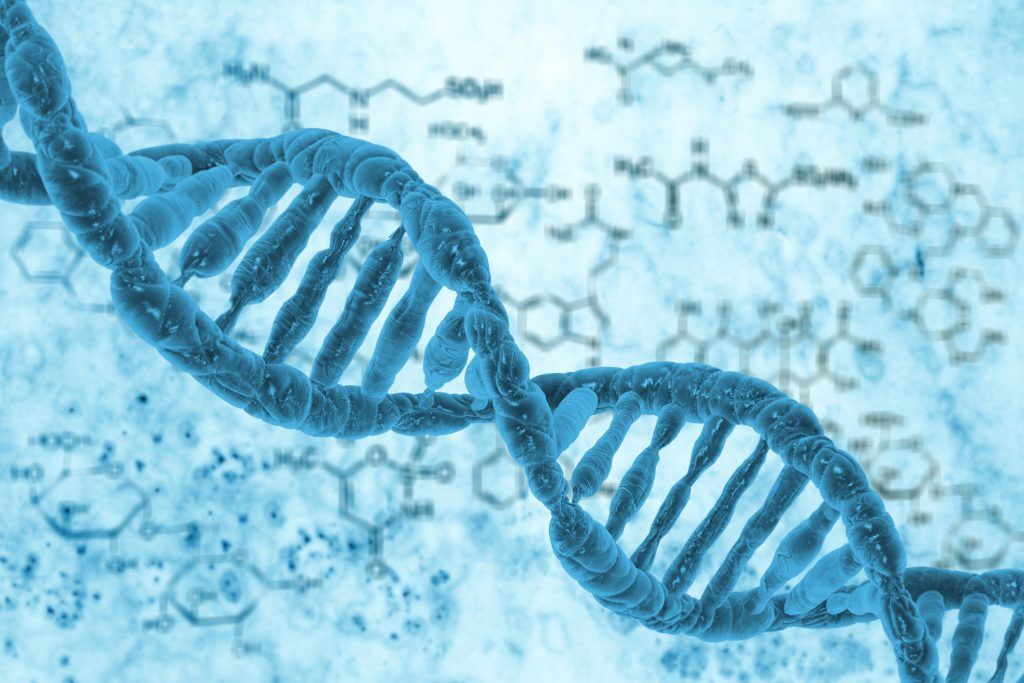BCRF investigators report DNA modifications in breast cancer risk genes may be a result of combined genetic and environmental causes.
The key to understanding the causes of breast cancer is to identify DNA-damaging events that result from exposure to harmful chemicals in the environment long before breast cancer is detected.
With BCRF support, Drs. Mary Beth Terry and Regina Santella, Columbia University, New York, launched The LEGACY Girls Study to understand the influence of genetics, behavior, environment and diet on pubertal growth in girls aged 6 to 13 years. The study is currently following 1,040 healthy girls.
“If it were not for BCRF funding of the LEGACY pilot studies, we would not have been able to assemble this cohort,” Dr. Terry said. “It is very difficult to get funding to study normal mammary gland development, but our BCRF supported work made it possible to get funding from the National Institutes of Health to continue the project along with BCRF’s sustained support.”
In an article published in the journal Epigenetics, Drs. Terry and Santella and colleagues, Dr. Hui Chen Wu (Columbia University) Dr. Benjamin Tycko, and Catherine Do (Hackensack University Medical Center) reported new findings from the study. The team found that DNA modifications in two genes implicated in breast cancer risk were detected in the white blood cells of young girls with a family history of breast cancer. These DNA modifications were not found in girls who did not have a family history of the disease.
The alterations were identified in the ESR1 and SEC16B genes. ESR1 codes for the estrogen receptor, known to be a driver in more than 70 percent of breast cancers. SEC16B regulates the age a girl begins menstruation and is involved in obesity, two factors implicated in breast cancer risk.
What caused these alterations?
Both genes had modification to the DNA called methylation, which occurs when an enzyme attaches a chemical compound (a methyl group) onto the DNA, which can alter the gene’s expression. DNA methylation is not an inherited genetic alteration and can be reversed.
A person could be born with a genetic alteration, such as a single nucleotide polymorphism or SNP, in a gene that regulates methylation. Inheriting such a SNP could increase the amount of DNA methylation in a particular gene. In fact, that is what the researchers found.
“This is the first study to show that girls with a breast cancer family history have epigenetic differences compared with girls without a breast cancer family history,” Dr. Terry noted.
“Our findings support that in addition to genetic differences, girls with a breast cancer family history, may have different susceptibility to breast cancer based on epigenetic differences.”
Many environmental factors can influence DNA methylation. Polycyclic aromatic hydrocarbons (PAH) and bisphenol A (BPA) are two prevalent environmental pollutants. Both have been shown to cause DNA methylation in laboratory models and humans. Maternal smoking has also been shown to increase DNA methylation in offspring.
DNA methylation is widely recognized as a factor in cancer development.
Drs. Terry and Santella plan to continue to follow the LEGACY girls to see what kinds of environmental exposures affect these epigenetic changes and if they are driven by genetic differences.
Read more about their BCRF research on the Meet the Researchers page.







